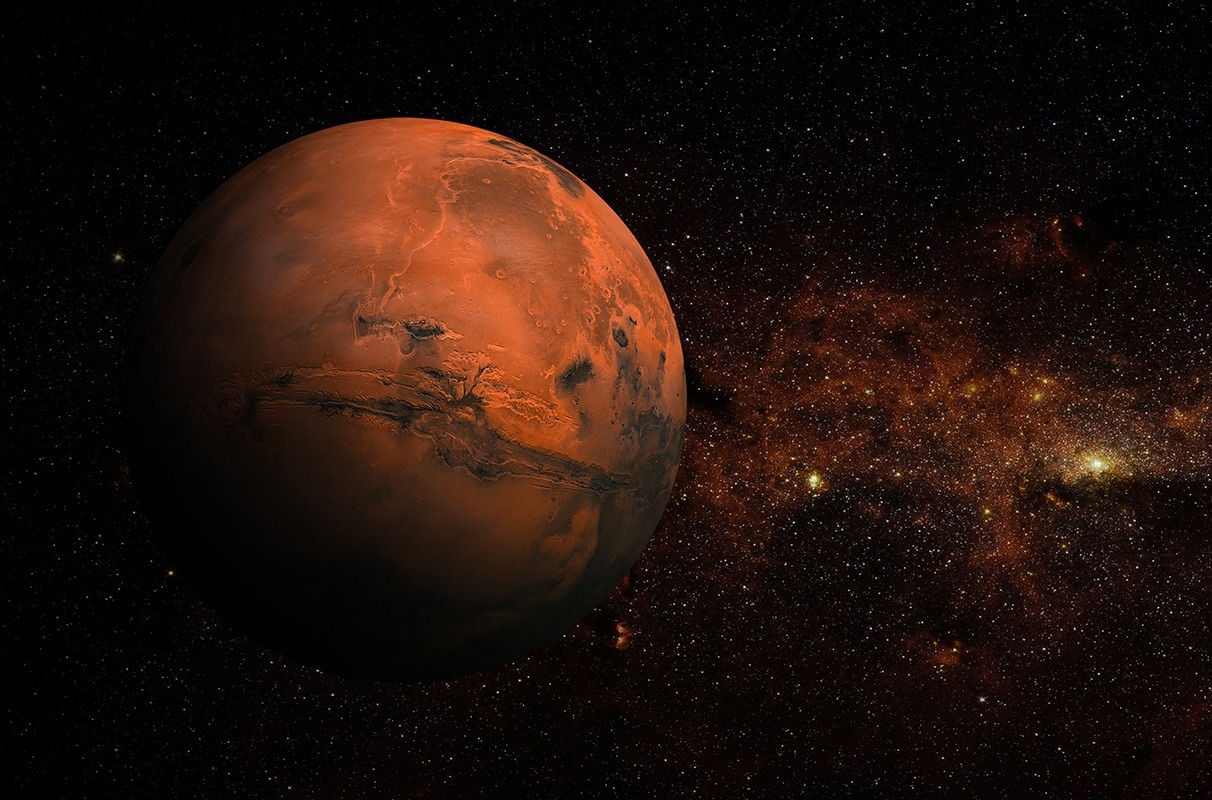Using a 3D printing technique, a tiny quantity of simulated crushed Martian rock mixed with a titanium alloy created a tougher, high-performance material that could one day be utilized on Mars to produce tools or rocket parts.

Image Credit: Washington State University
Washington State University scientists have created the pieces using as low as 5% up to 100% Martian regolith, a black powdery substance designed to replicate the stony, inorganic material found on Mars’ surface.
Although the parts with 5% Martian regolith were sturdy, the parts with 100% regolith were fragile and easily fractured. But even high-Martian content materials, according to Amit Bandyopadhyay, corresponding author of the paper published in the international journal of Applied Ceramic Technology, would be effective in producing coatings to safeguard equipment from rust or radiation damage.
In space, 3D printing is something that has to happen if we want to think of a manned mission because we really cannot carry everything from here. And if we forgot something, we cannot come back to get it.
Amit Bandyopadhyay, Study Corresponding Author and Professor, School of Mechanical and Materials Engineering, Washington State University
Getting materials into space can be quite costly. For example, the authors highlighted that it costs around $54,000 for the NASA space shuttle to deploy just one kilogram (2.2 pounds) of payload into Earth's orbit. Everything that can be manufactured in space or on Earth saves weight and money—not to mention that if something fails, astronauts will need a way to fix it on the spot.
Bandyopadhyay initially established the practicality of this approach in 2011 when his team utilized 3D printing to create parts for NASA out of lunar regolith, which mimicked crushed moon rock. Since that day, space agencies have welcomed the technology, and the International Space Station now has its 3D printers for on-site manufacturing and research.
Bandyopadhyay and graduate students Ali Afrouzian and Kellen Traxel utilized a powder-based 3D printer to combine simulated Martian rock dust with a titanium alloy, a metal commonly used in space exploration due to its strength and heat resistance.
A high-powered laser was used to heat the materials above 2,000 °C (3,632 F) as part of the process. The melted Martian regolith-ceramic and metal mixture then streamed onto a moving platform, allowing the researchers to build various sizes and forms. The researchers evaluated the material for strength and durability after it had cooled.
The ceramic substance formed from 100% Martian rock dust split as it cooled, but as Bandyopadhyay found out, flaws do not matter in the context of radiation shields. However, a small amount of Martian dust, mixed with 5% regolith, not only did not bubble or crack but also had superior qualities to the titanium alloy alone—implying that it may be utilized to build lighter-weight parts that could still withstand severe loads.
“It gives you a better, higher strength and hardness material, so that can perform significantly better in some applications,” he said.
This is just the beginning, according to Bandyopadhyay, and future studies may generate better composites utilizing new metals or 3D printing techniques.
“This establishes that it is possible, and maybe we should think in this direction because it’s not just making plastic parts which are weak but metal-ceramic composite parts which are strong and can be used for any kind of structural parts,” he said.
The National Science Foundation provided funding for this study.
The potential of 3D printing on Mars
Video Credit: Washington State University
Journal Reference
Afrouzian, A., et al. (2022) Martian regolith—Ti6Al4V composites via additive manufacturing. Applied Ceramic Technology. doi.org/10.1111/ijac.14136.